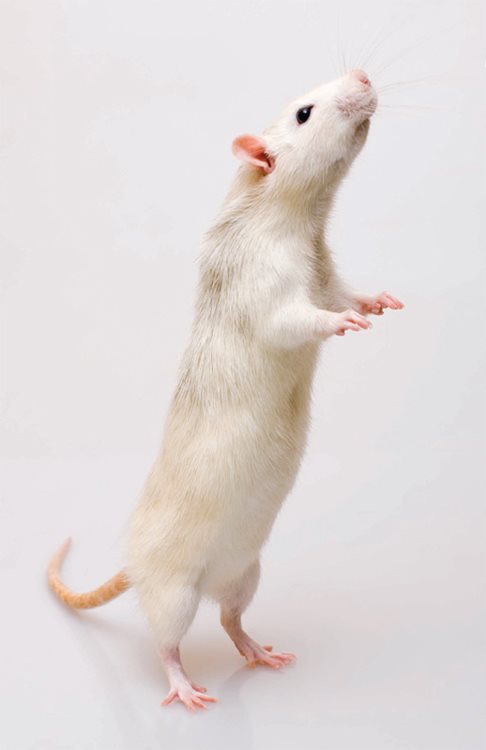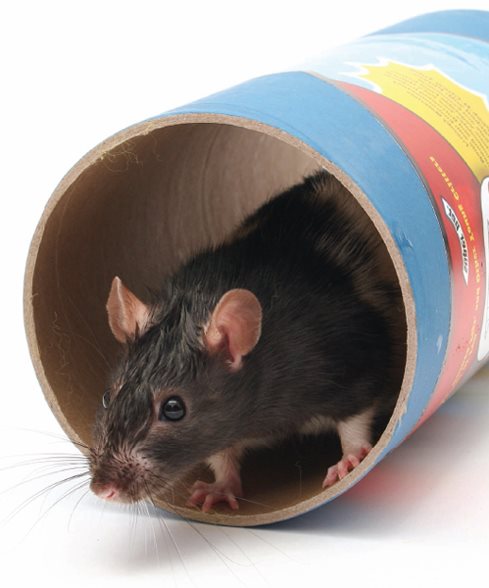


Text Copyright 2011 by Debbie Ducommun
All rights reserved. No part of this book may be reproduced, stored in a retrieval system, or transmitted in any form or by any means, electronic, mechanical, photocopying, recording, or otherwise, without the prior written permission of i-5 Press, except for the inclusion of brief quotations in an acknowledged review.
Library of Congress Cataloging-in-Publication Data
Ducommun, Debbie, 1958
Rats : practical advice from the expert / by Debbie Ducommun.
p. cm. -- (Complete care made easy)
Includes bibliographical references and index.
ISBN 978-1-935484-64-6
1. Rats as pets. I. Title.
SF459.R3D835 2010
636.9352--dc22
2010040805
ACKNOWLEDGEMENTS
This book is dedicated to my teachers and supporters: my mom, who allowed me to fully develop my love of animals; The Rat Fan Club members; and the rats, especially Gremlin, Penny, Cleo, Ranger, Sputnik, Whiskers, Ratster, Gidget, Topsy, Jetta, Kojak, Shoe, Brawny, Prussia, Bandit, Bunny, Slug, Angel, Spot, Arnie, Wylie, Meezie, Gimoo, Bro-man, Tinsel, Shelley, Pixel, Tanya, Dotti, Sissy, Baby, Moses, Teddy, Jasper, Dickens, Harrison, Echo, Lucky, Ernie, Moosh, Smudge, Coco, October, Zelda, Zesta, Harry, Lily, Hexa, and Goblin.
Id like to acknowledge the special assistance given me by Mary Ann Isaksen, my friend and dedicated rat advocate; and Dr. Barry Dohner, my very special rat veterinarian. They have always been very supportive and willing to share their special knowledge with me through the years.
I would also like to thank my husband, Larry, for his support.

Debbie The Rat Lady Ducommun and her chinchilla blaze Berkshire rex rat.
CONTENTS


THE REMARKABLE RAT
Y ou arrive home after a busy day at work or school. As soon as you walk in the door, little faces with twitching noses eagerly greet you. Tiny pink hands cling to cage wires, and bright little eyes beg to come out. When you open the cage, your rats scramble onto your hands and nestle in your arms so you can rub behind their ears. Then they climb to your shoulder to kiss your cheek and nibble your ear, ready to accompany you wherever you go.
Rats are charming companions who offer love, affection, and nonstop amusement. Many people who get rats for the first time are unprepared for how personable and interactive they are. Every day, more people discover what good pets rats are.
A Long Association
The relationship between rats and humans is centuries old. Ancient Egyptians worshipped rats, and in Japan the rat is considered a symbol of wealth. Rice cakes are set out for rats on New Years. If rats gnaw on the cakes, it foretells a good harvest for that year. The Chinese also believe that the rat is a symbol of prosperity. Chinese folklore explain that the rats intelligence and cunning is the reason it is the first animal of the Chinese zodiac.
Other cultures see rats in a positive light. Hindus especially revere rats because their god Ganesha, the symbol of prosperity, traditionally rides on the backs of rats. There is a rat park in Calcutta, India, where people feed wild rats, and a temple in Deshnoke, India, dedicated to rats. Inside the temple grounds, rats are protected and fed, and they mingle freely with people (wild rats are generally aggressive toward humans only when they are cornered or threatened). Historically, residents of Bassora, Turkey, did not allow rats to be killed, believing they brought good luck.
Although wild rats were probably kept as pets earlier, the first records we have of them being bred in captivity are from the 1800s in England. During this time, a popular sport was ratting, where dogs were put in pits to kill as many rats as they could. Thousands of wild rats were captured to supply the pits, and a rat-catcher named Jack Black is thought to have been the first person to breed these rats and sell them as pets.
In 1901, the National Mouse Club in England held the first show where rats were exhibited. The club became the National Mouse and Rat Club in 1912, but after 1918 interest in rats declined, and in 1931 the name Rat was dropped from the club. It wasnt until 1976 that the first true rat club, the National Fancy Rat Society, was established in England.
In the first half of the twentieth century, rats were only considered suitable pets for children, although there were certainly adults who enjoyed them as well. One of the best known people who had a pet rat is author Beatrix Potter. As a girl, she had an albino rat named Sammy. Rats appeared in many of Potters stories, and she dedicated one story, first published as The Roly-Poly Pudding and later as The Tale of Samuel Whiskers, to Sammy. Pet rats have even lived in the White House. Teddy Roosevelts presidential household (1901-1909) included a great many pets, including rats.
In the 1990s, adults began discovering that rats are the perfect pet for a fast-paced lifestyle. Easier to care for than dogs, cats, or birds, rats provide people with the same amount of affection and interaction. As the popularity of companion rats began to grow in the United States, especially in California, membership in rat and rodent clubs began to climb, and pet shops reported selling more and more rats as pets. In some areas of the country, rats have become more popular than hamsters.

The roof rat is the more common wild rat in warm climates and coastal regions.
Natural History of the Rat
Rats are members of the rodentia (i.e., rodent) order. There are more than 1,700 species of rodents, making up more than 40 percent of all the worlds mammals. Without a doubt, the rat is far more intelligent than most of its relatives. The only rodent possibly smarter than the rat is the squirrel.

Rats groom themselves constantly and are actually clean animals.
Although there are many different rat species, most people think about the two species of wild rats that choose to live near humans. The smaller species of these two rats is the roof rat, Rattus rattus, which is also called the black, ship, or tree rat. The roof rat is thought to have originated in India, making its way around the world with human travelers. Its large ears, long tail, and delicate build are better adapted to tropical climates. It was the first species to have reached Europe, with bones found in ancient sites dating back to the third century A.D.
Next page





















